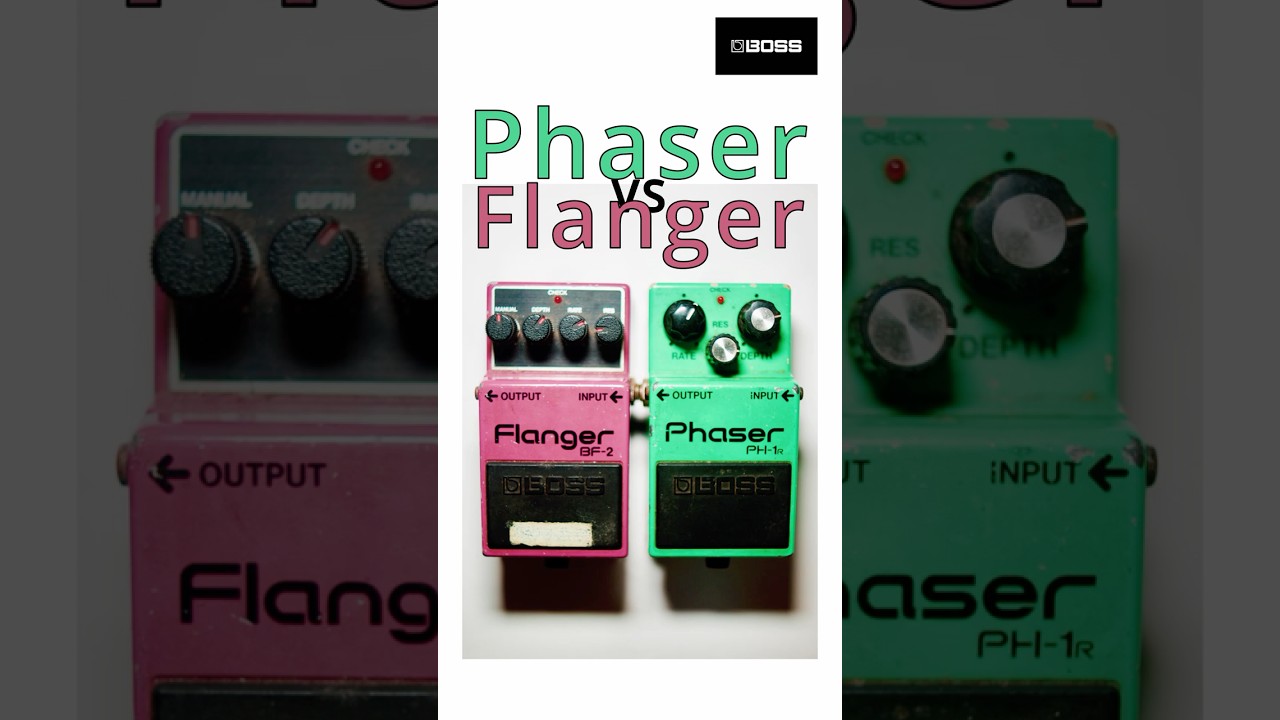Description
here at Just Pedals we love this Electro Harmonix Octavix Octave Fuzz Pedal.
The Octavix, from Electro Harmonix, gives you amazing tones. Bring the classic vintage tone of the late 60’s “Hendrix Era” back to your stage with all the classic tones the man himself loved. With fuzz that goes from subtle and understated through to unrestrained chaos and controls for Volume, boost, analog and octave above the Octavix is truly amazing.
EHX pedals are built like tanks. Designed to stand up to the rigors of daily gigging you can rely on them gig after gig. This pedal also comes with a power supply so you don’t have to rely on batteries on stage.
Here’s what Electro Harmonix have to say about the Octavix
Octavix delivers the definitive late 1960’s fuzzed out, octave up sound together with modern enhancements that update the classic concept. Housed in EHX’s rugged nano package, the Octavix features Volume, Boost and Octave knobs. Volume regulates the output level of the pedal. Boost controls the amount of fuzztone and Octave adjusts the volume of the octave above. A mini-toggle lets the player select between 9 or 24 volt power rails and determines the power supply voltage for the entire circuit. At 9V the pedals behaves like the classic, saggy fuzz box. At 24V the Octavix delivers a tighter sound and a richer octave tone. True bypass ensures maximum signal path integrity.
Specifications:
- Classic octave up + fuzztone effect pedal
- Switchable 9 and 24 volt power rails give a saggy or tight sound
- True bypass
- Blue LED
- Runs on 9V battery or standard EHX9.6DC power supply
- Dimensions in inches: 2.75 (w) x 4.5 (l) x 2.1 (h)
- Dimensions in mm: 70 (w) x 115 (l) x 54 (h)
We have new and used Electro Harmonix musical equipment available on our website for fast direct delivery from sellers across the UK & Europe.
Electro-Harmonix (EHX) is a legendary effects pedal company founded in 1968 by Mike Matthews, known for pioneering some of the most iconic sounds in music history. Based in New York City, EHX offers a vast range of pedals, from the classic Big Muff fuzz and Memory Man delay to innovative effects like the POG and Freeze. Renowned for their creativity, durability, and affordability, Electro-Harmonix pedals have shaped the tones of countless musicians across genres, from rock and punk to ambient and experimental music.
Fuzz is a type of guitar effect that distorts the signal in a more extreme and saturated way than typical overdrive or distortion pedals. It creates a thick, woolly tone with a characteristic “fuzzy” sound, often associated with the classic rock and psychedelic eras. Fuzz pedals work by clipping the waveform of the signal at a much higher level, resulting in a crunchy, sometimes harsh sound that has a distinctive bite and sustain.
Fuzz pedals can vary in intensity and tone, with some offering more subtle, warm fuzz and others creating a more aggressive, raspy sound. The controls typically include fuzz, tone, and volume, allowing players to shape the effect to suit their preferences. Classic fuzz pedals like the Electro-Harmonix Big Muff Pi and the Dallas Arbiter Fuzz Face have become iconic for their bold, powerful sound, making fuzz a staple for genres like rock, stoner metal, and experimental music.
Just Pedals is a new Guitar Effect Pedals Marketplace – We feature new and used Guitar Effect pedals from different sellers, to purchase online from the UK.
An octave pedal shifts the pitch of the guitar signal up or down by one or more octaves, adding depth, thickness, or a synth-like quality to the sound. Some pedals generate a sub-octave for a deep, bass-like effect, while others create upper octaves for a sharp, organ-like tone. Many modern octave pedals allow multiple octave layers and polyphonic tracking, enabling chords as well as single-note riffs. Octave effects are popular in genres ranging from rock and blues to funk and experimental music. Well-known octave pedals include the Boss OC-5, Electro-Harmonix POG series, and MXR Blue Box, offering a range of classic and modern octave-shifting tones.
A pedal is an electronic device that alters the sound of an electric guitar by applying various effects. Pedals are typically connected in a series between the guitar and amplifier, allowing guitarists to switch effects on and off with their feet while playing.
This enables musicians to quickly and easily change their sound, adding versatility and creativity to their performances.
Pedals are essential tools in many musical genres, including rock, blues, jazz, and metal, allowing artists to craft distinctive and dynamic soundscapes.
Once you buy one, you can’t stop and then you have to sell them and buy more.
Just the latest videos
Just related products
£109.00
Made in USA True Bypass High quality product Hand Orientation: Ambidextrous
£133.20 £124.88
Vintage-style octave fuzz optimized for bass Inspired by EHX x JHS Lizard Queen BLEND knob mixes from 100% clean to 100% fuzz TONE control smooths out the fuzz’s high-end Unique OCTAVE knob blends in retro octave tone SUN / SHADOW toggle for brighter…
read more
53% Off £129.00 £60.13
Unique transistor-based octave fuzz distortion circuit designed by Josh Scott Blendable Octave to dial in the analog octave chaos Balance control adjusts between smooth sustaining tones and raspy fuzz tones 1970s Electro-Harmonix graphic designed by …
read more
£85.00
Distortion Effects Pedal Distortion effects pedal. a practical product Easy to use High quality product







































